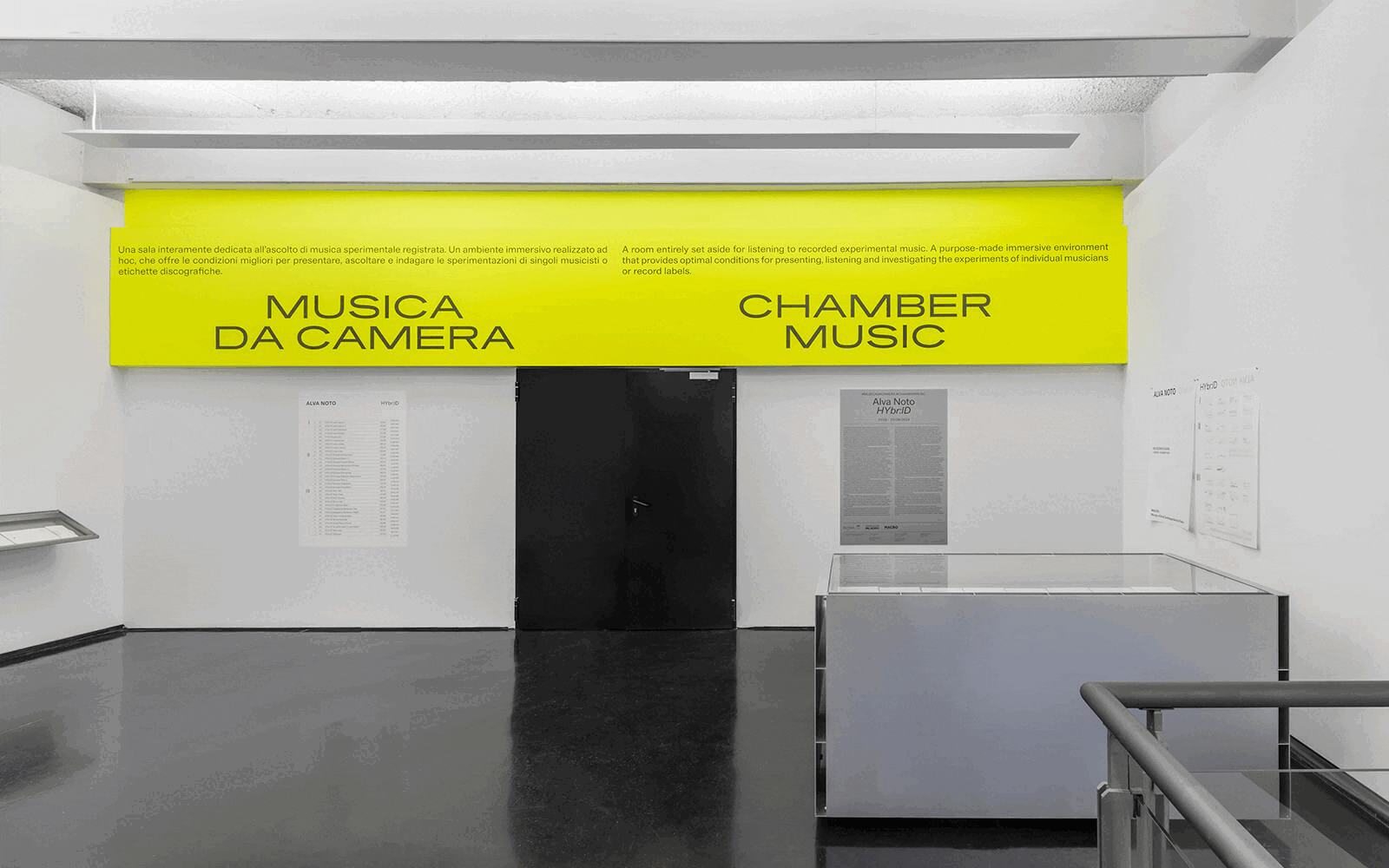All
“Now in Digital Art: Game Room” opens at Istanbul’s Akbank Sanat art center, showcasing contemporary game art and art games for visitors to explore and play. Through radical forms of reappropriation, modification, and intervention, videogames become vessels for social commentary, the show’s curators Güven Çatak and Zeynep Arınç write about the works of Eddo Stern, Kristin Lucas, Total Refusal, Petra Szemán, UCLA Game Lab, and We Are Muesli. They’re virtual worlds that ask vexing questions about our own reality.
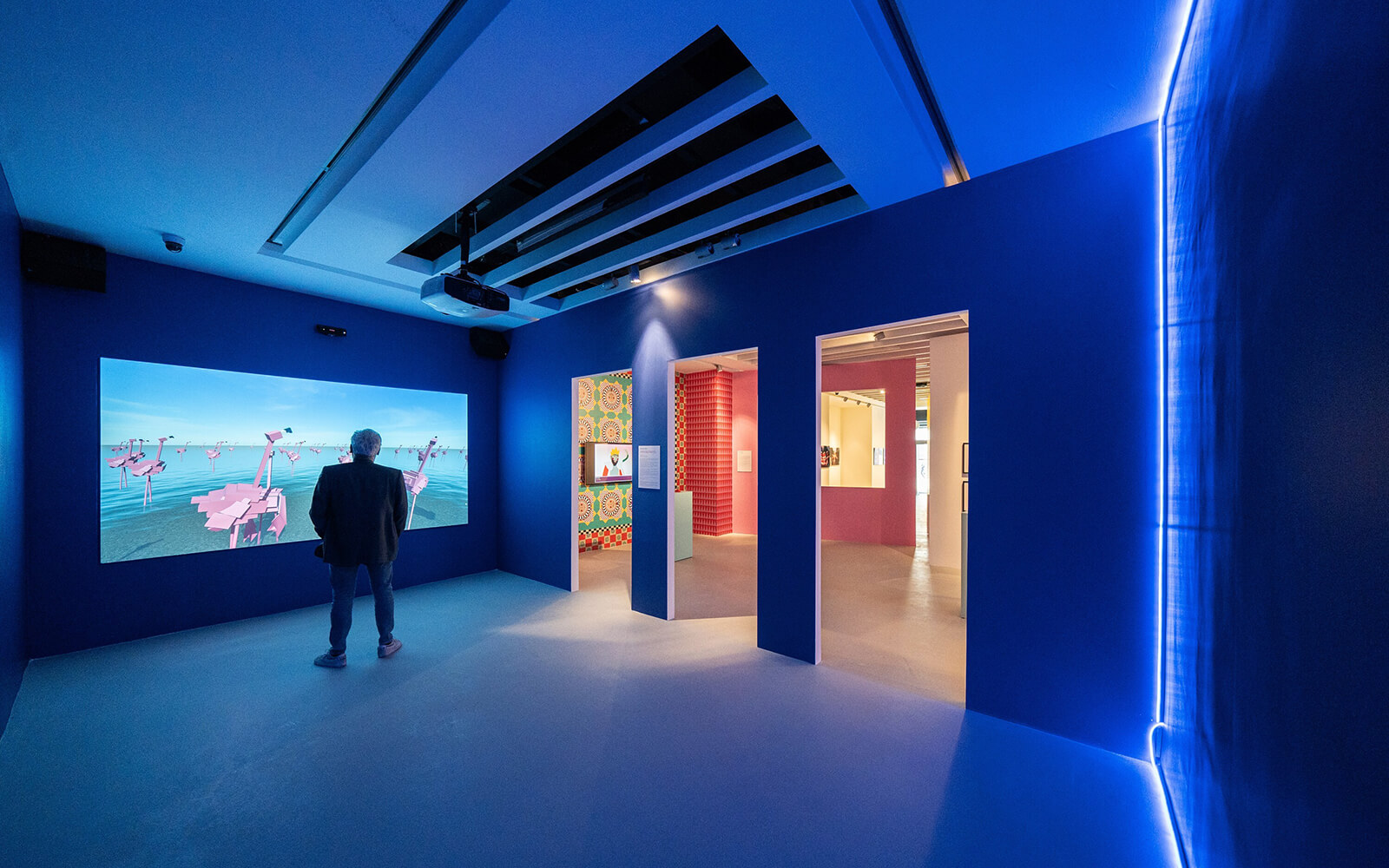
Human Curation of Generative AI Datasets Impossible, Analysts Say
“If your full-time, eight-hours-a-day, five-days-a-week job were to look at each image in the dataset for just one second, it would take you 781 years.”
To illuminate how generative AI models like Midjourney and Stable Diffusion derive their worldview from its 5.8 billion image and text pairs, German data journalist Christo Buschek and Canadian software artist Jer Thorp deconstruct the (only) open-source foundation dataset LAION-5B in an incisive, visual essay. Digging deep into its troubled contents, algorithmic—not human—curation, and entanglements with other systems, the two warn about stacking “models on top of models, and trainings sets on top of training sets.”
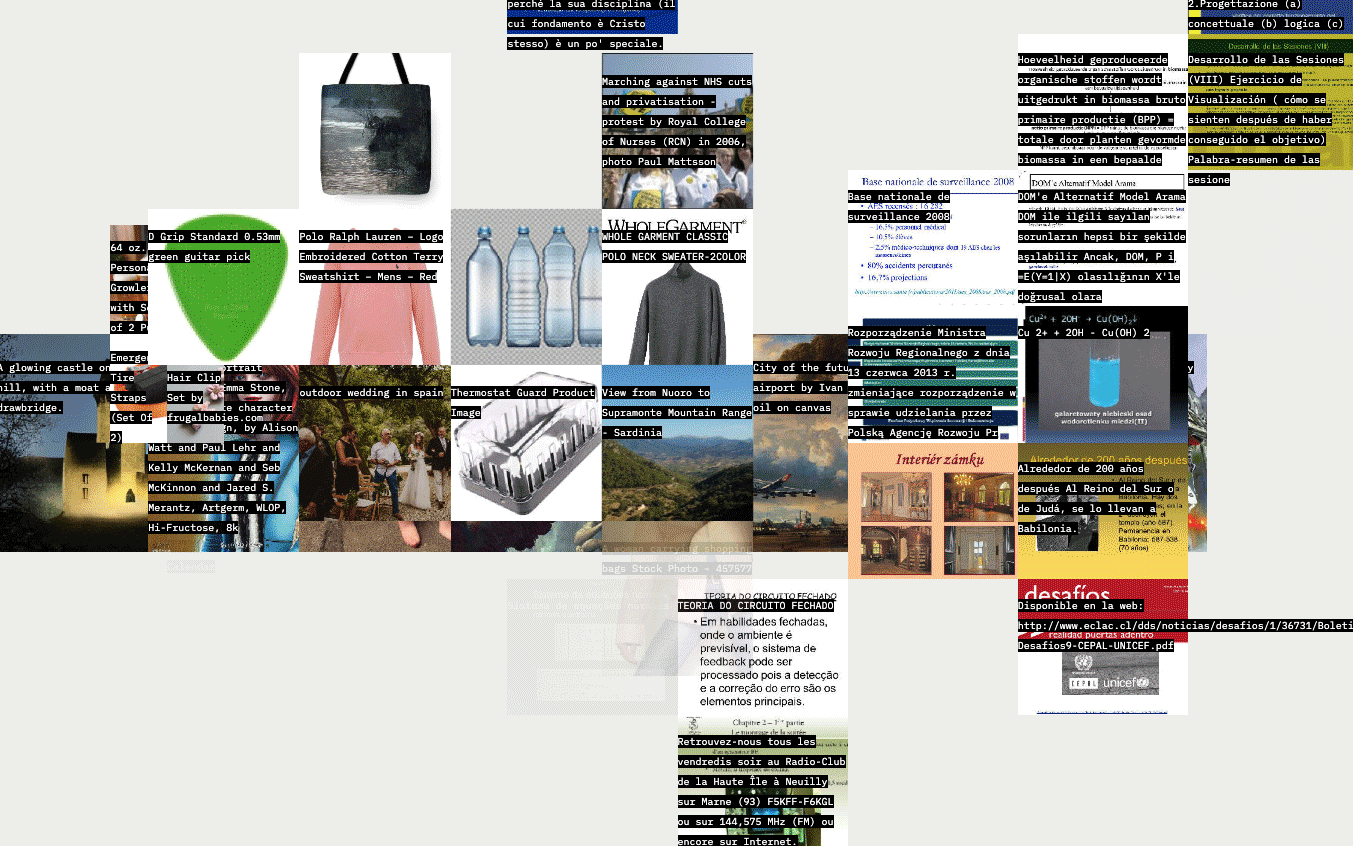
Soulless Social Media Companies to Blame for Youth Mental Health Crisis, Expert Warns
“By designing a firehouse of addictive content [and] displacing physical play and in-person socialising, these companies have rewired childhood and changed human development on an almost unimaginable scale.”
Judith Butler Will Not Be Joining the Language Police
“My version of feminist, queer, trans-affirmative politics is not about policing. I don’t think we should become the police. I’m afraid of the police.”
“Quantum Soup,” a solo show surveying Libby Heaney’s sustained exploration of quantum physics-informed aesthetics, opens at Basel’s House of Electronic Art (HEK). Curated by Sabine Himmelsbach, the show presents CGI works by the British artist including ENT– (2022) and slimeQrawl (2023), and her mournful VR experience Heartbreak and Magic (2024). Heaney “visually tests scientific concepts such as contextuality, entanglement, and superposition, making them accessible,” writes Himmelsbach.
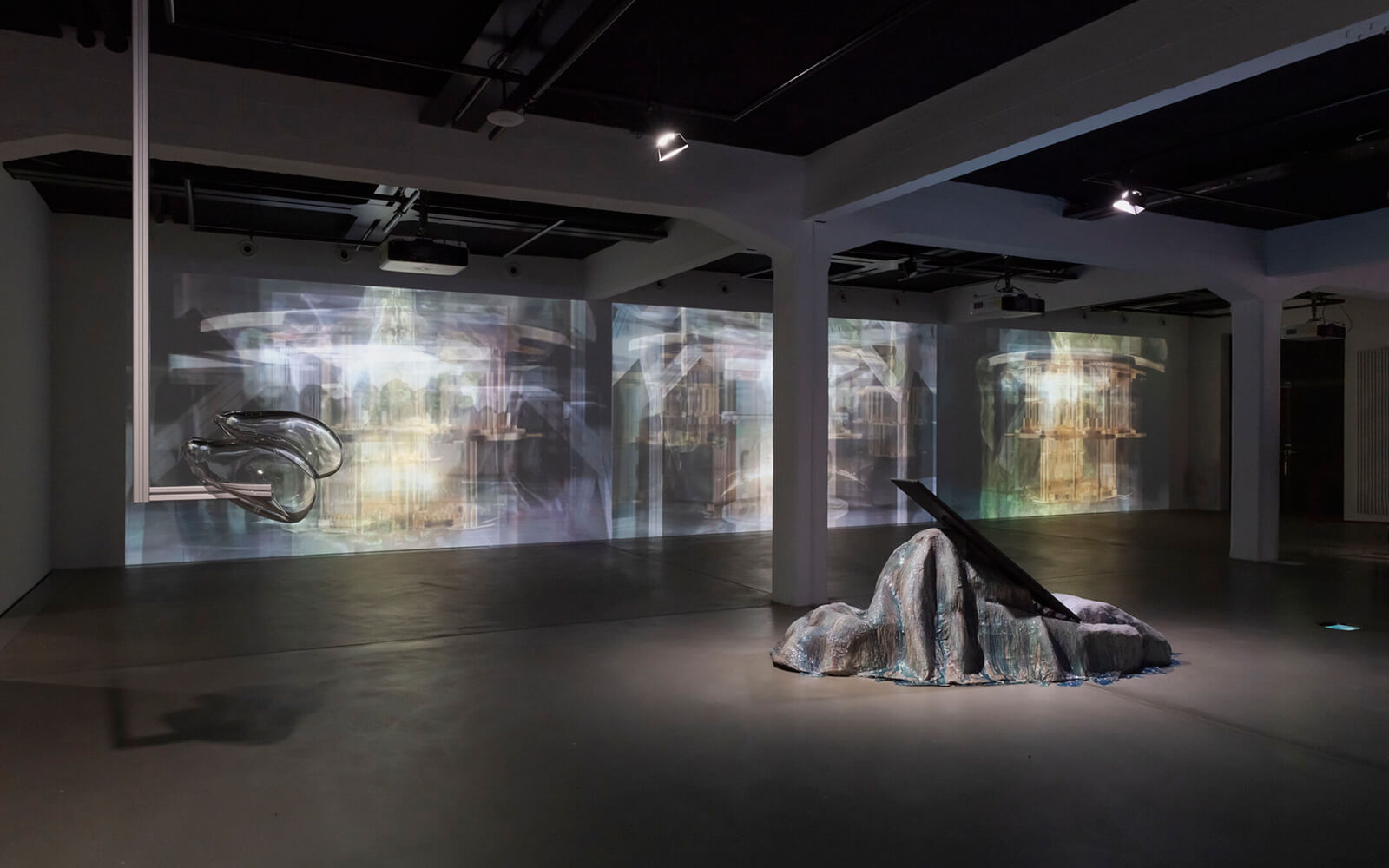
Alice Bucknell Discusses Bipolar Videogame Ecologies
“Everyone wants to play either a fucked-up zombie apocalypse or an elfian, cottage-core fantasy. It’s either utopian, ecological escapism or utter dystopia.”
Mohawk multimedia artist Skawennati’s new machinima, They Sustain Us (2024), premieres at Gray Area, San Francisco, expanding a music video built and filmed in Second Life into an IRL garment collection and runway performance. Two years in the making and Gray Area’s biggest commission to date, the piece reimagines Three Sisters, beloved personifications of Indigenous staple crops (corn, beans, squash) as futuristic superheroes that celebrate food sovereignty, sustainability, and femininity.
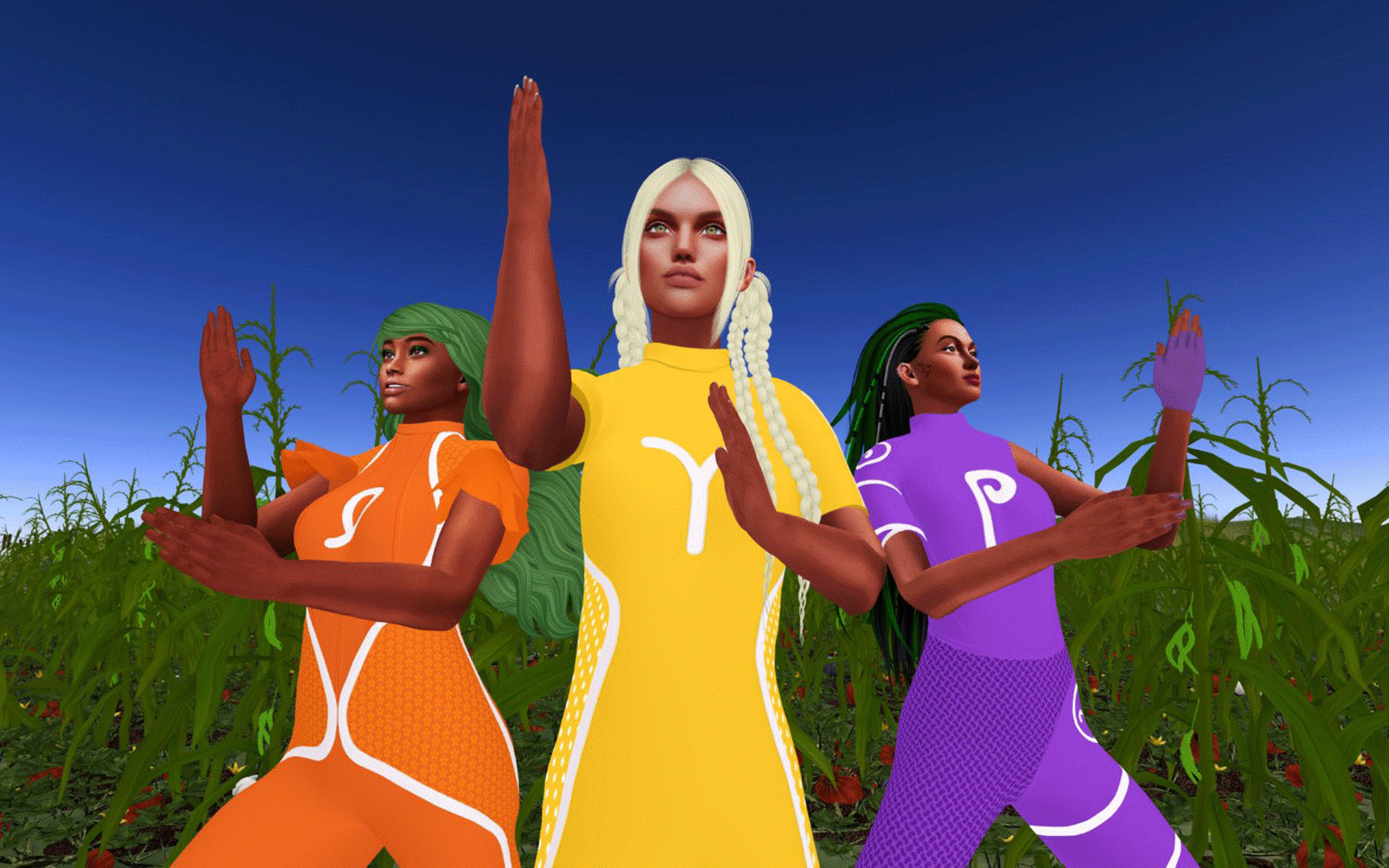
Management Consultants Quantify Post-Generative AI Hiring Decline
“Organizations using AI are hiring much fewer engineers for AI-related software than in 2022: 28% of organizations reported hiring for these roles in 2023, down from 39% in 2022.”
Literature Scholar Hunts for Famous Chatbot’s First User
“But who was this ‘quite normal’ person? And what did she think of ELIZA? In this chapter of the history of talking machines, we only have one side of the conversation.”
Threading connectivity in red, Chiharu Shiota’s “Everyone, a Universe” opens at Fundació Antoni Tàpies in Barcelona. True to her signature delicate network aesthetic, the Japanese artist wires up 43 chairs purchased at a flea market and two thousand skeins of wool into the show’s titular work (2024, image). “Perhaps death is not a return to nothing but, rather, a matter of integrating ourselves,” says Shiota of her preoccupation with mortality and universal interconnection.
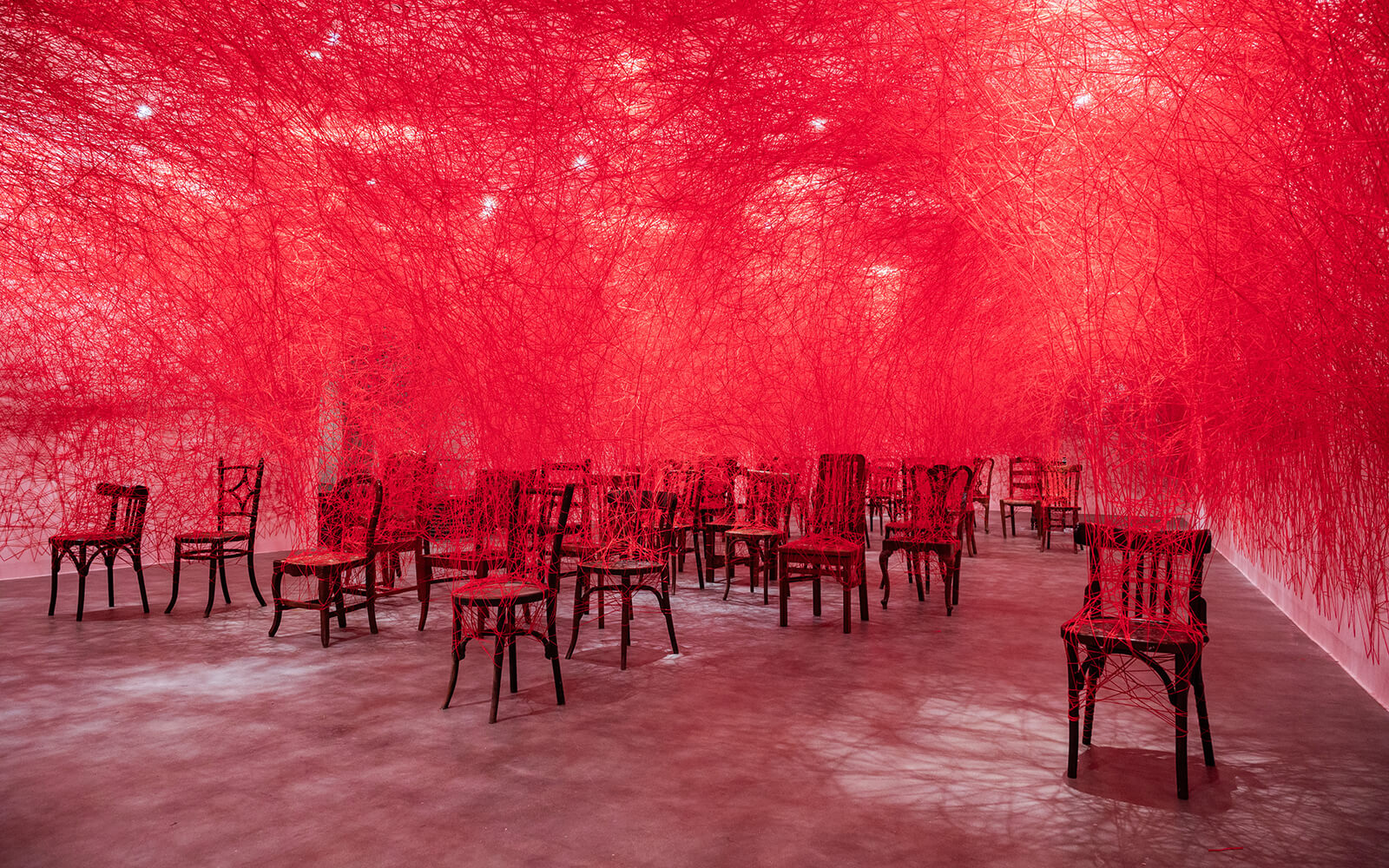
Critic Awed by Sound Installation That “Makes Room Feel like an Instrument”
“The room itself comes close to feeling like an instrument that is being played in real-time, one that sounds better the more bodies there are in the space to absorb its waves.”
How (not) to get hit by a self-driving car, an installation and game by Tomo Kihara and Daniel Coppen, opens at San Francisco’s Asian Art Museum. Navigating a mock-street in the gallery, visitors try to make their way across a crosswalk without being detected by a computer vision system. A provocation in a city where autonomous vehicles are regularly involved in accidents, the game underscores “how going unseen by a similar AI system in an actual self-driving car could result in a tragic collision.”
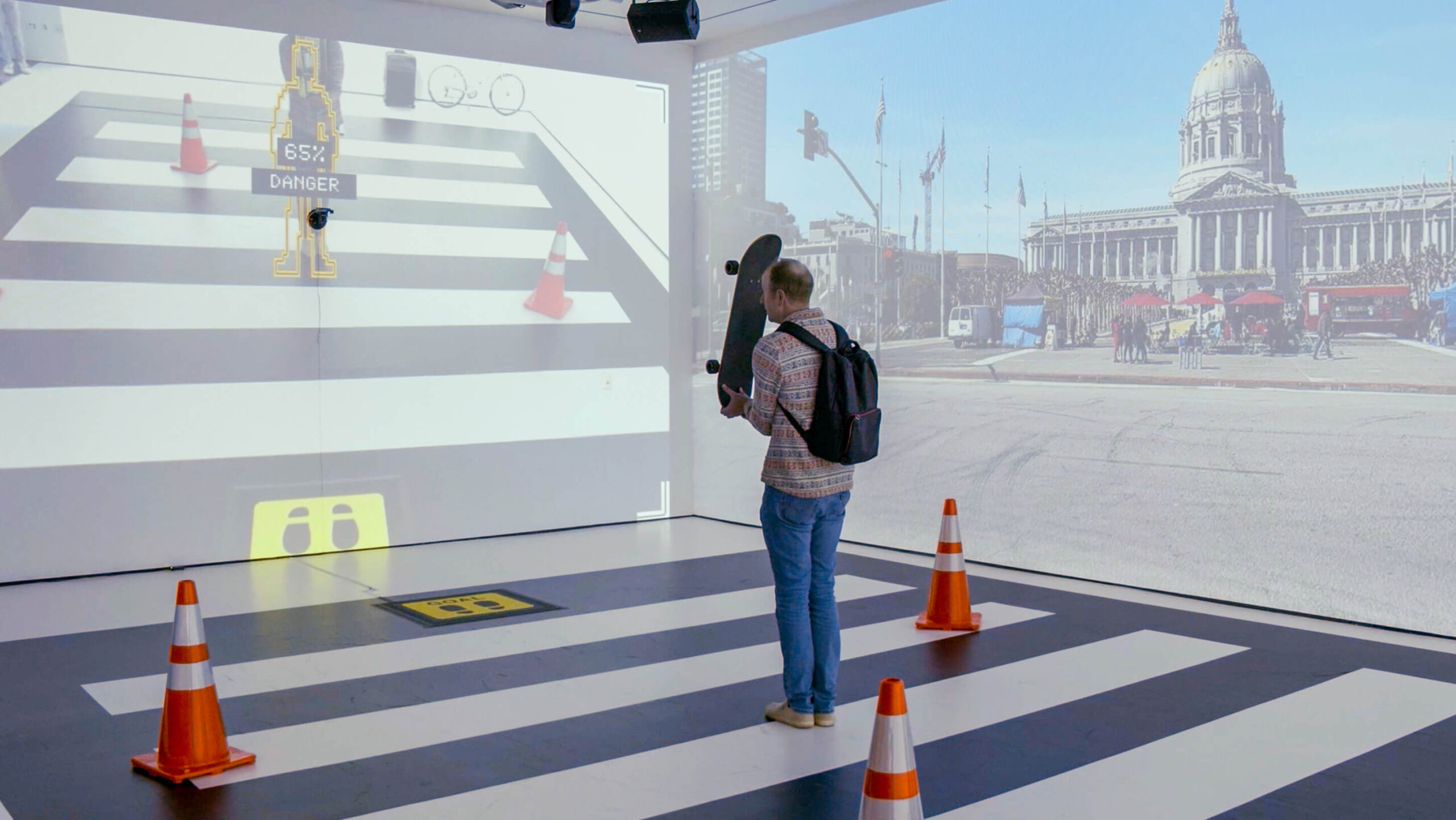
U.S. Attorney General Says Apple Squashes and Stifles Competition
“Apple selectively restricts access to the points of connection between third-party apps and the iPhone’s operating system, degrading the functionality of non-Apple apps and accessories.”
Madhumita Murgia
Code Dependent
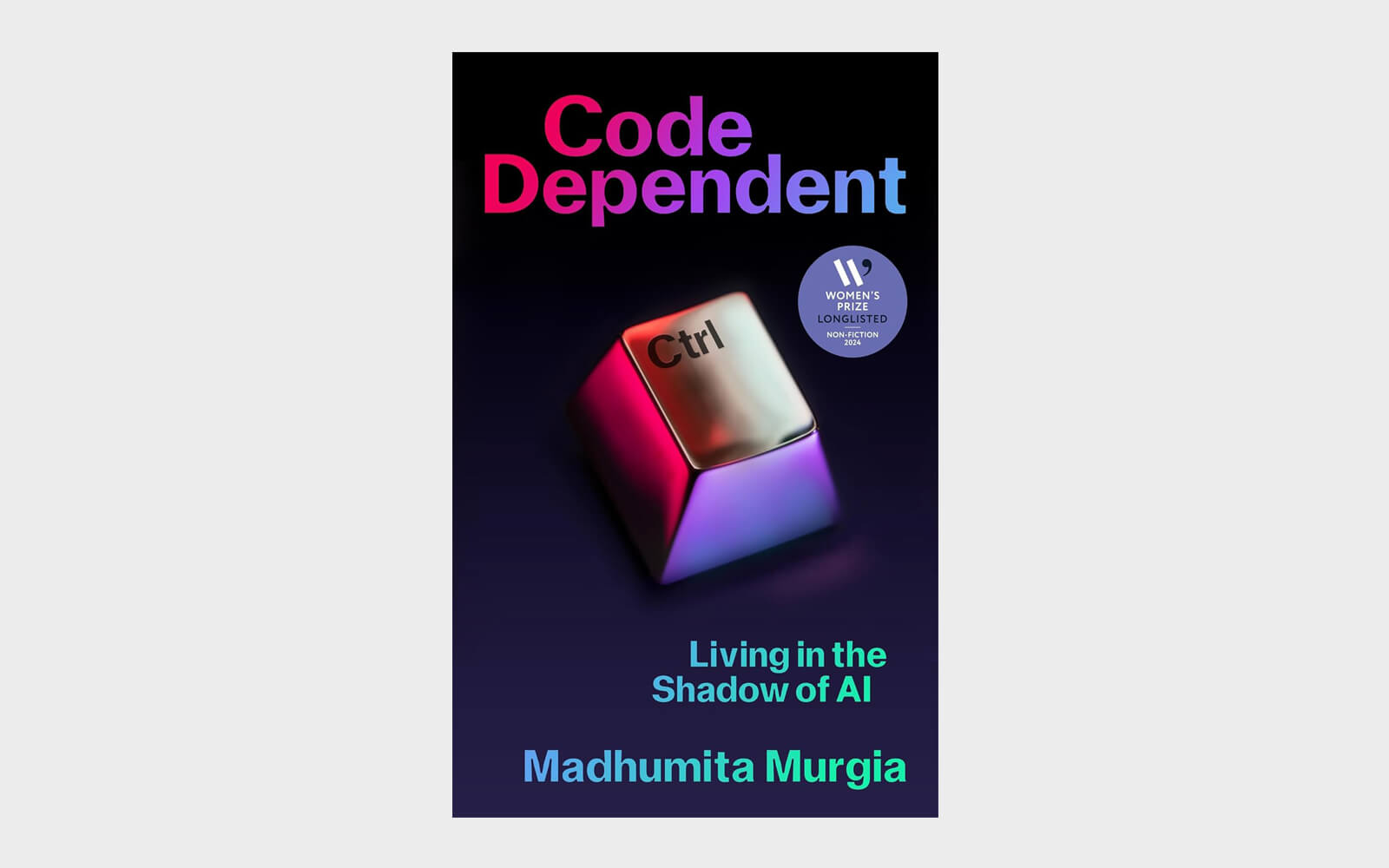
No Concessions! Kyle McDonald Urges Artists to Stand Firm Against Big AI
“We’re artists. We’re not here to be reasonable, or to do what’s necessary, or to cater to regulatory appetites. We’re here to be unreasonable, unnecessary, and counter-appetite. If we stand for opt-in and all we get is opt-out, at least we tried.”
Presenting physics-informed work-in-progress, Carsten Nicolai’s HYbr:ID opens at the Museum of Contemporary Art of Rome (MACRO). A listening lounge featuring a sound piece that “oscillates between more stylized, dilated rhythms and dreamy atmospheres generated by low frequencies” inspired by Hermann Minkowski’s 1908 model of spacetime takes centre stage. Also presented are related drawings and graphics in which the German artist pushes the limits of musical notation.
